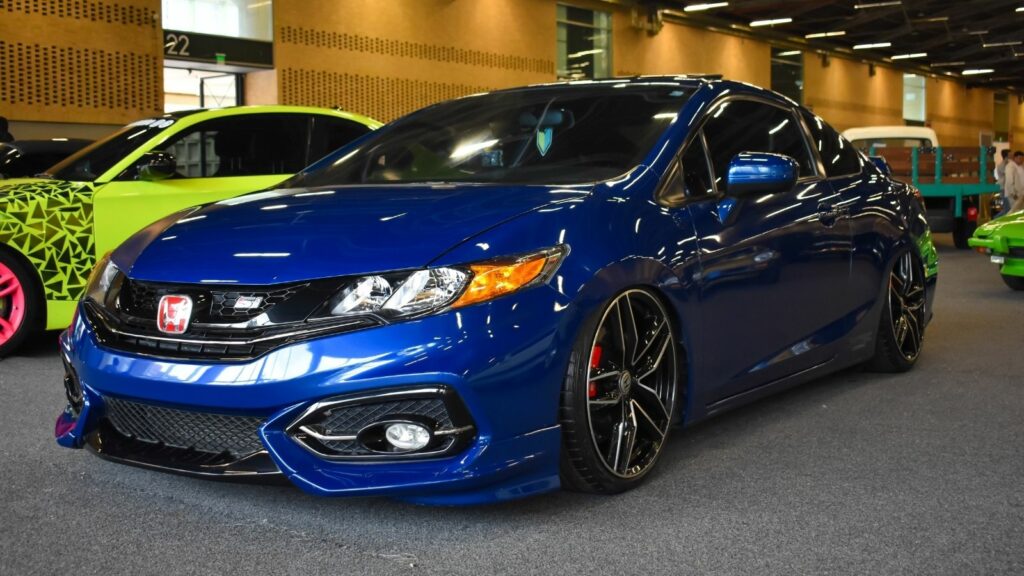In a world where Teslas, Porsches, and G-Wagons hog the spotlight, there’s an underground uprising of vehicles you might currently see parked outside suburban bungalows or zipping through university campuses. Whether it’s due to rising rarity, cult-like followings, or the industry’s pivot to electric and high-tech, these 22 affordable models may soon be the ones drawing admiration.
Mazda MX-5 Miata
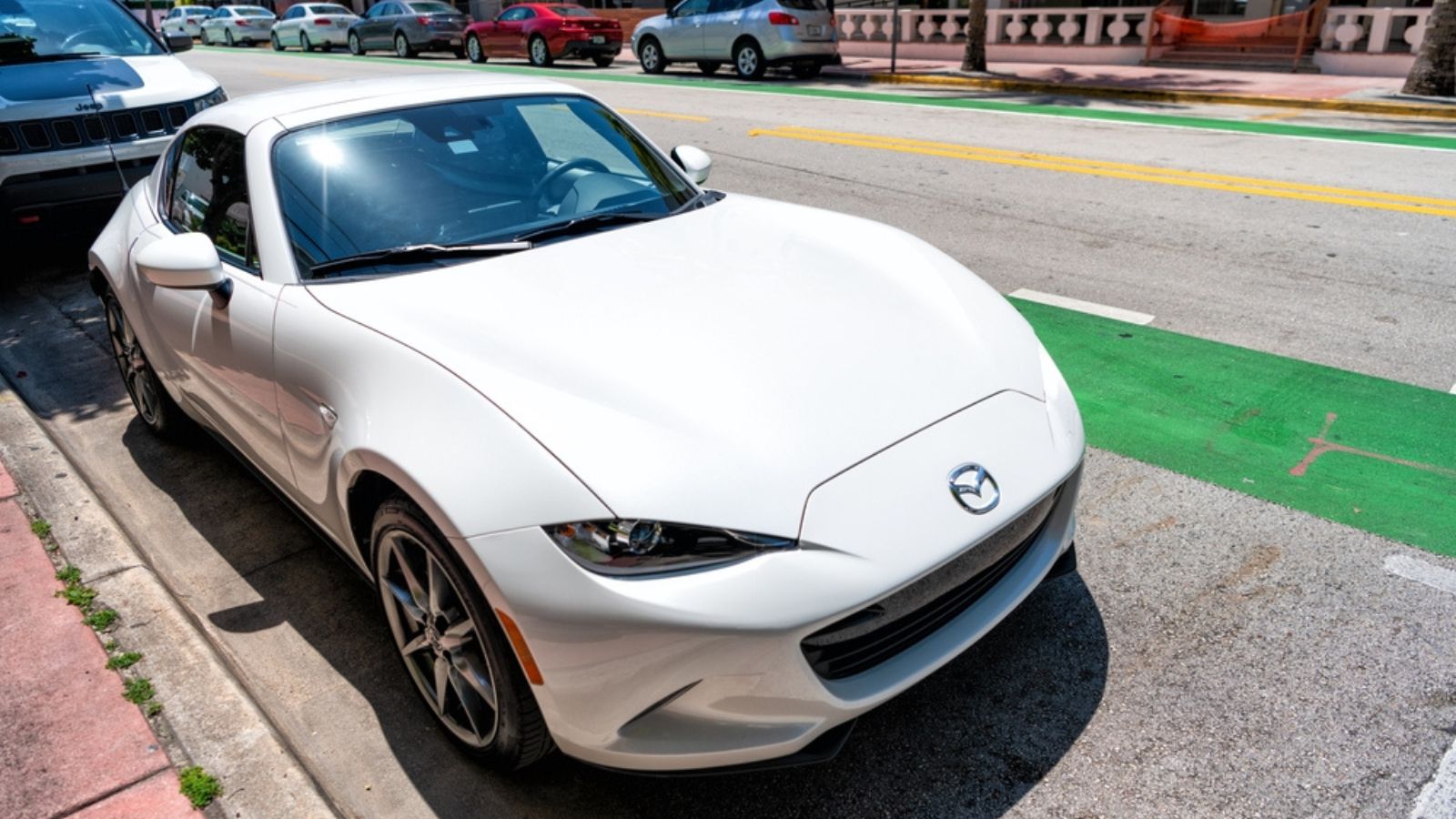
The Mazda MX-5 Miata, long revered by driving purists, is quietly revving its way into status symbol territory. This lightweight roadster, starting around C$35,000, offers rear-wheel drive, a manual gearbox, and near-perfect 50/50 weight distribution, features usually reserved for much pricier sports cars. With more than a million units sold globally since its 1989 debut, the Miata has cultivated an almost cult-like following, making it a classic in the making.
Toyota Prius (2nd Gen)
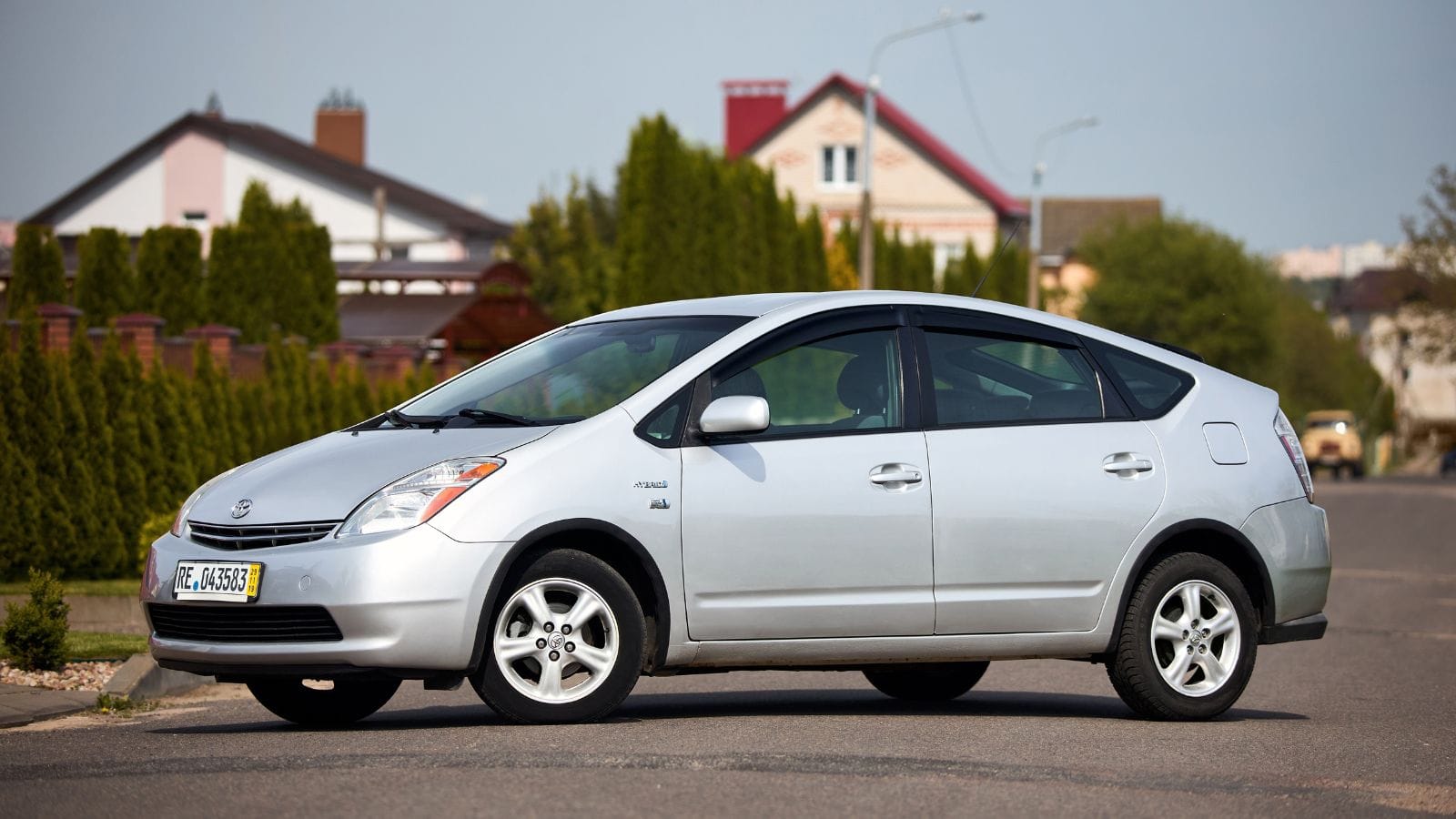
Once the punchline of eco-jokes, the second-generation Prius is now retro-cool. As the hybrid that brought electrification into the mainstream, its wedge-like silhouette and iconic energy monitor scream, “I was ahead of the curve.” Also, with Toyota’s legendary reliability baked in and many examples still on the road with over 300,000 km, the Prius is earning retro cred in 2025. In cities like Vancouver and Toronto, it’s becoming a badge of conscience, a remarkable anti-SUV statement.
Honda Civic Si (8th Gen)
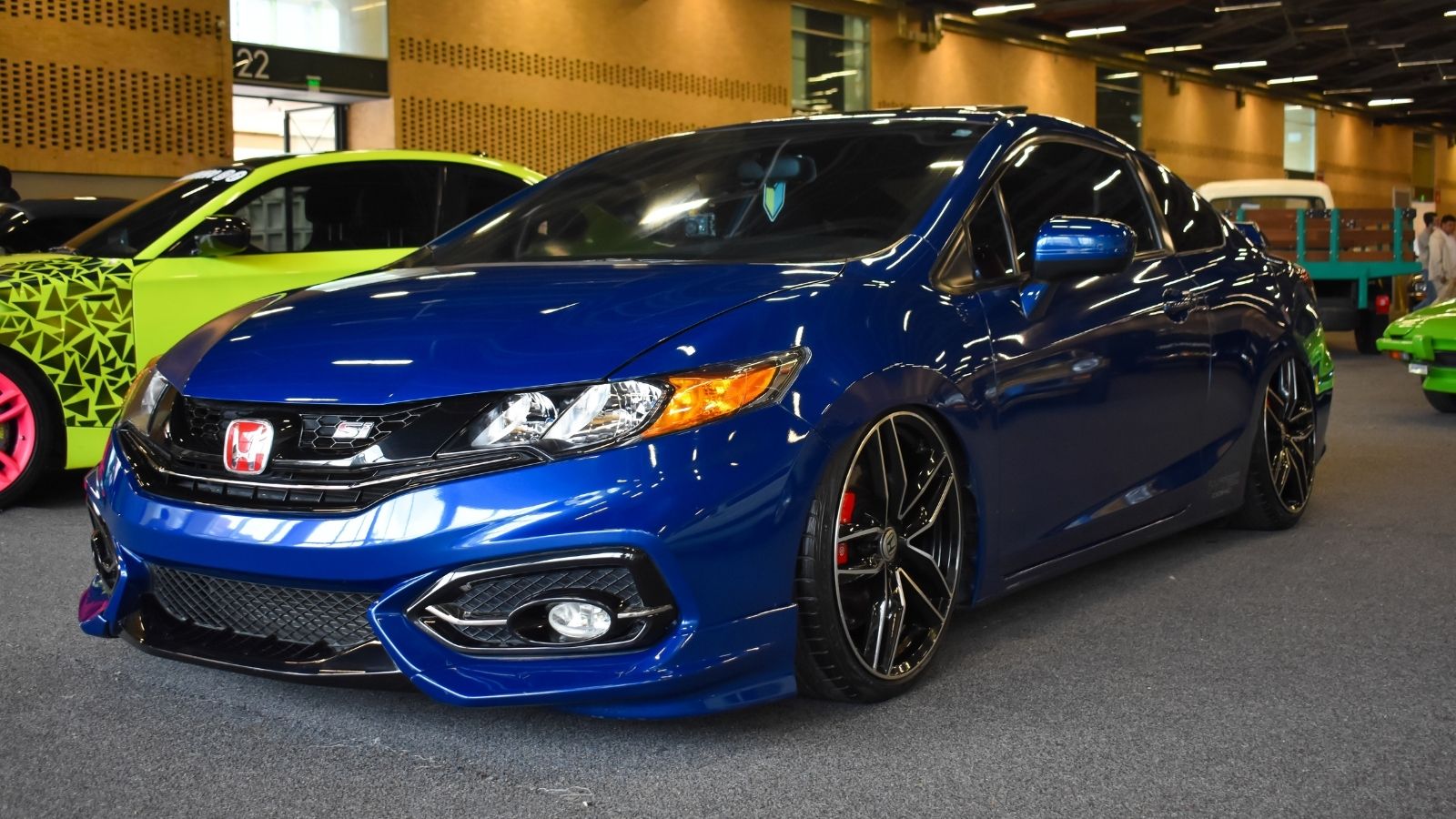
The 2006–2011 Civic Si strikes a balance between everyday practicality and VTEC-fueled fun. With manual transmission, high-revving engines, and tuner potential, it’s gaining traction as a modern classic among enthusiasts. Enthusiasts praise its “sport compact sweet spot,” citing its precise steering and rev-happy K‑series engine. Thanks to widespread availability and sub-$10K pricing for clean examples, it offers excellent value compared to analogs like the Miata. And, with growing interest from collectors, as Hagerty notes, the 8th‑gen Si is poised to become an attainable status symbol in the years ahead.
Volkswagen Golf GTI (Mk5)
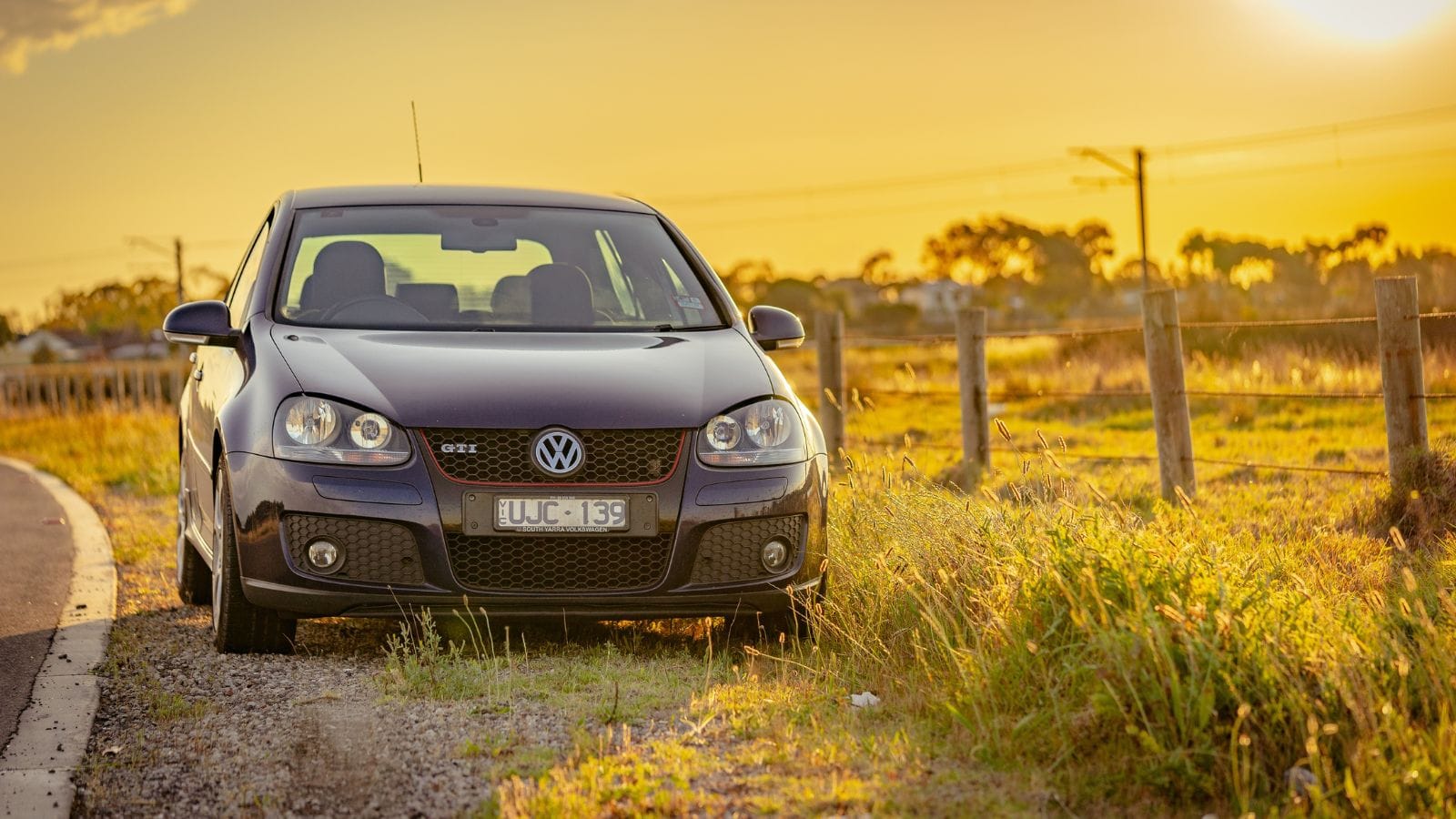
Known for reviving the GTI badge with refined performance and a mature design, the Mk5 (2006–2009) version is both affordable and highly respected in enthusiast circles. With 197 horsepower, plaid “Interlagos” seats, and a near-perfect weight balance, the Mk5 hit the sweet spot of sportiness and everyday usability. It also introduced a refined multi-link rear suspension, enhancing cornering without sacrificing ride comfort. Plus, with prices still reasonable (but climbing), and its status cemented by cult following and historic GTI lineage, the Mk5 GTI is on track to become a sought-after badge of cool, understated taste.
Scion FR-S / Subaru BRZ / Toyota 86
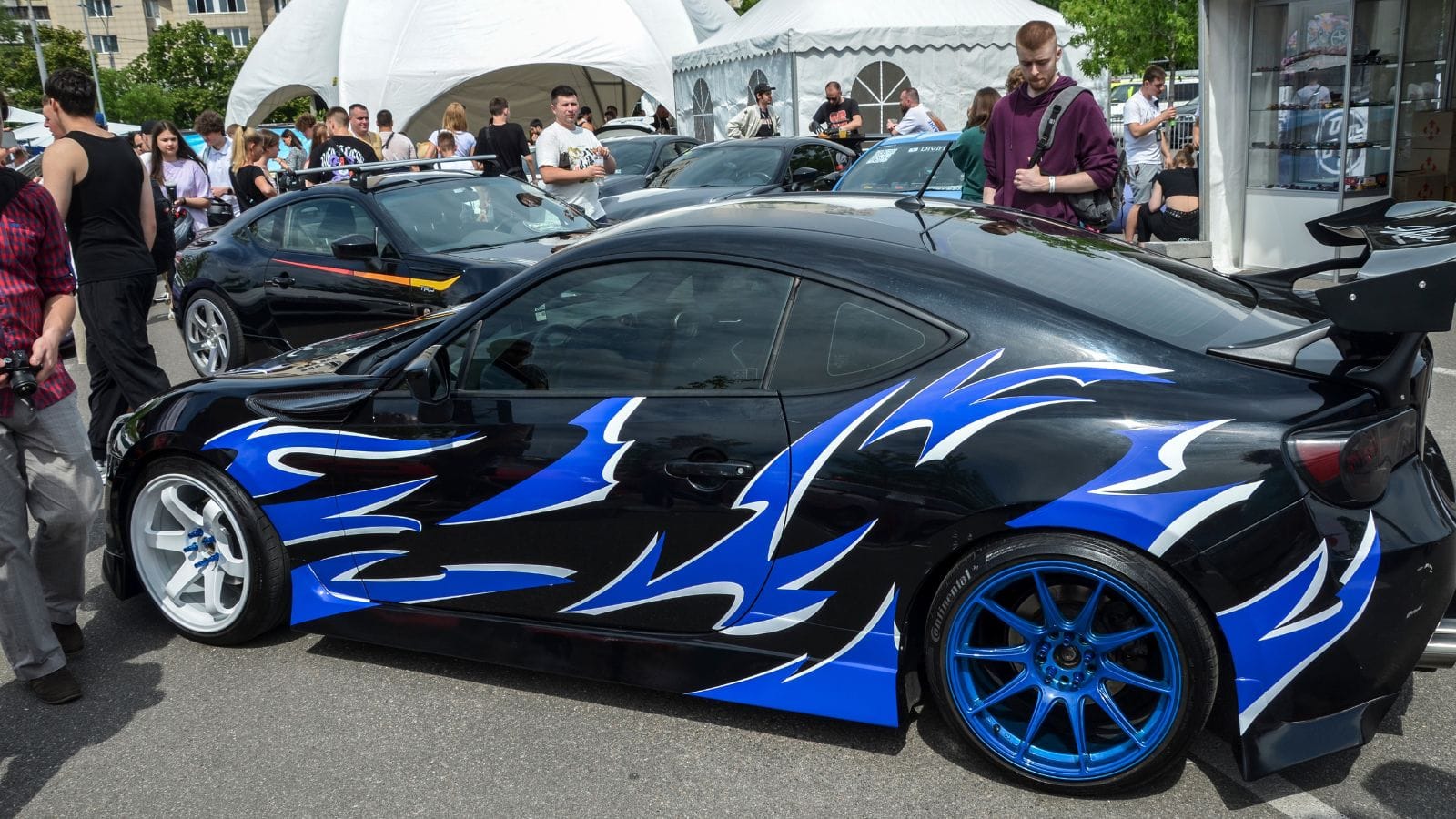
These triplets brought back the joy of rear-wheel-drive coupes at an accessible price point. Although critics initially sought more power (the 2.0L flat-four engine offered 200 hp), owners praised its precise steering and balanced chassis. Today, the FR-S/BRZ/86 is gaining ground as a modern-day Miata alternative, with values slowly climbing for clean, low-mileage examples. As younger gearheads seek out analog cars in an increasingly digital world, these “Toyobaru twins” are likely to become future status symbols because they represent a driving era that’s disappearing rapidly. Keep an eye on their resale curves.
Chevrolet HHR Panel Van
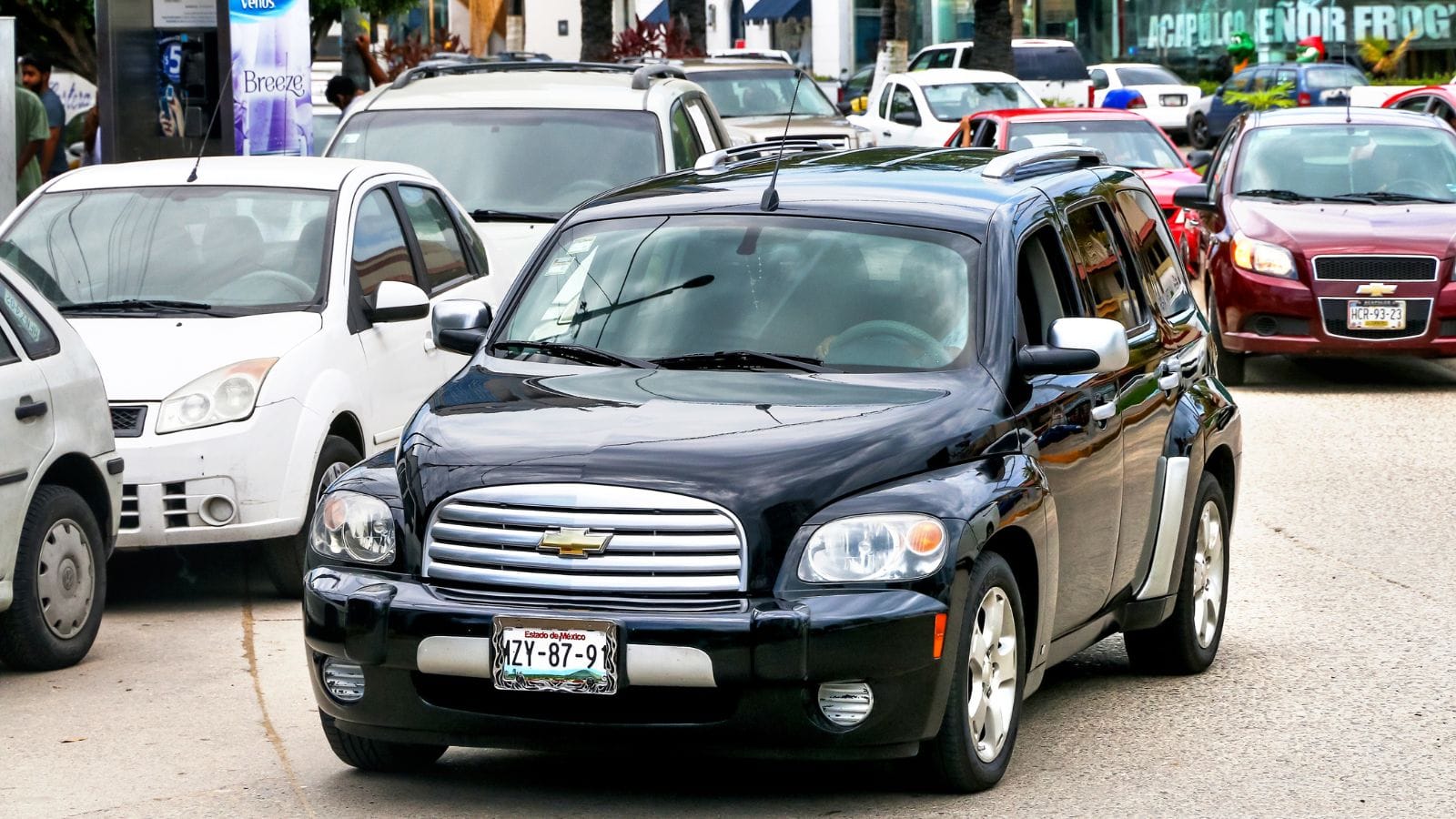
The Chevrolet HHR Panel Van (2008–2011) may have been born as a utilitarian fleet hauler, but it’s quietly cruising into cult-classic territory. Designed with retro nods to the 1949 Chevy Suburban, the HHR Panel Van featured no rear seats or side windows—essentially a quirky commercial vehicle in a crossover’s body. While it was aimed at small business owners, urban delivery, and tradespeople, the HHR Panel’s unique styling and scarcity are now making it desirable to collectors and customizers. Only a few thousand were made, and most were beaten up in fleet duty, so clean models are rare.
Ford Focus ST (2nd Gen)
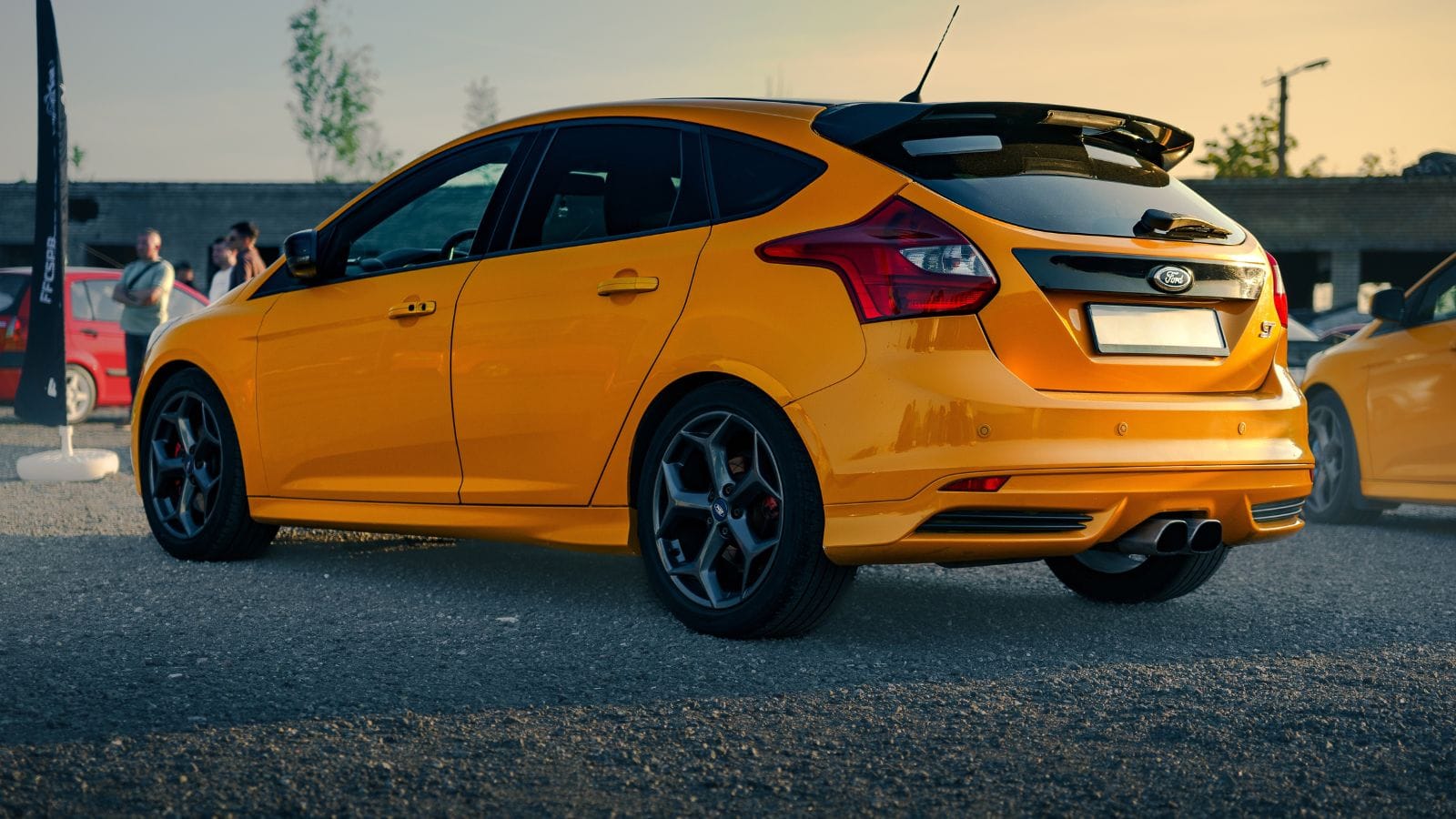
A torquey turbo engine, hatchback utility, and rally-inspired suspension tuning have kept the Focus ST relevant. In markets like the UK and Europe (where it was primarily sold), it’s already enjoying a resurgence in appreciation, and clean examples are rising in value. With tuner-friendly internals and rare factory Recaro seats, the Focus ST is starting to bridge the gap between affordable thrills and modern collectibles. As emissions standards tighten and analogue driving dies out, the ST’s raw charm and limited production numbers could easily make it a future garage brag for enthusiasts who got in early.
Hyundai Genesis Coupe
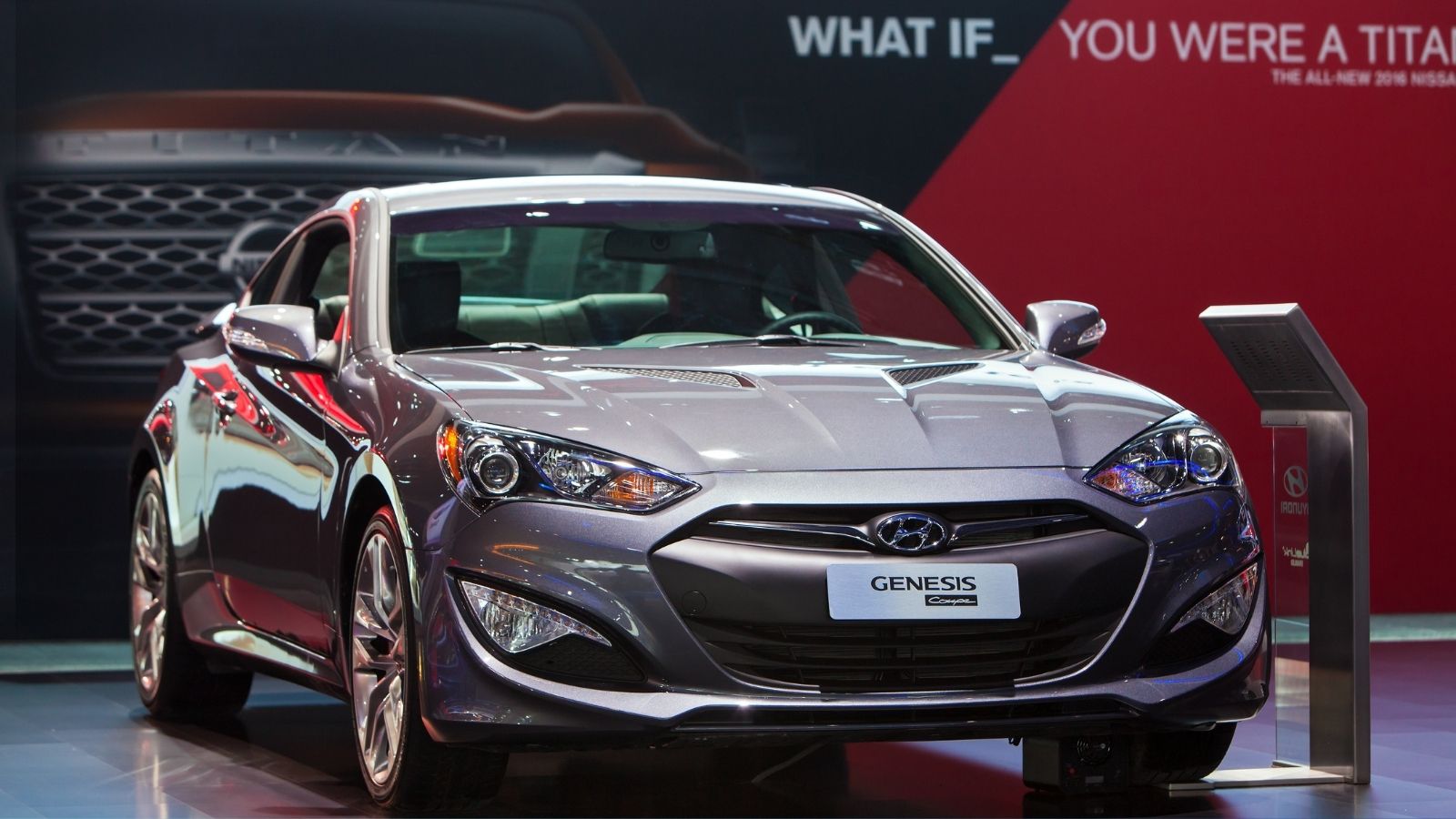
The Hyundai Genesis Coupe, produced from 2009 to 2016, offers striking looks, rear-wheel-drive dynamics, and potent engines at a value that rivals many entry-level luxury coupes, including the Infiniti G37 and Ford Mustang, which are often priced $10,000 higher. With either a 2.0 L turbo‑I4 (210–275 hp) or a 3.8 L V6 (303–348 hp), plus available 6-speed manuals or refined 8-speed automatics, it delivers performance and driving fun. Additionally, reviews praise its sharp chassis, Brembo-equipped R-Spec trim, and GT-style comfort, while noting minor shortcomings in steering feel and the audio system. It’s now recognized for bold styling, strong engines, and being a modder’s playground.
Mini Cooper S (R53)
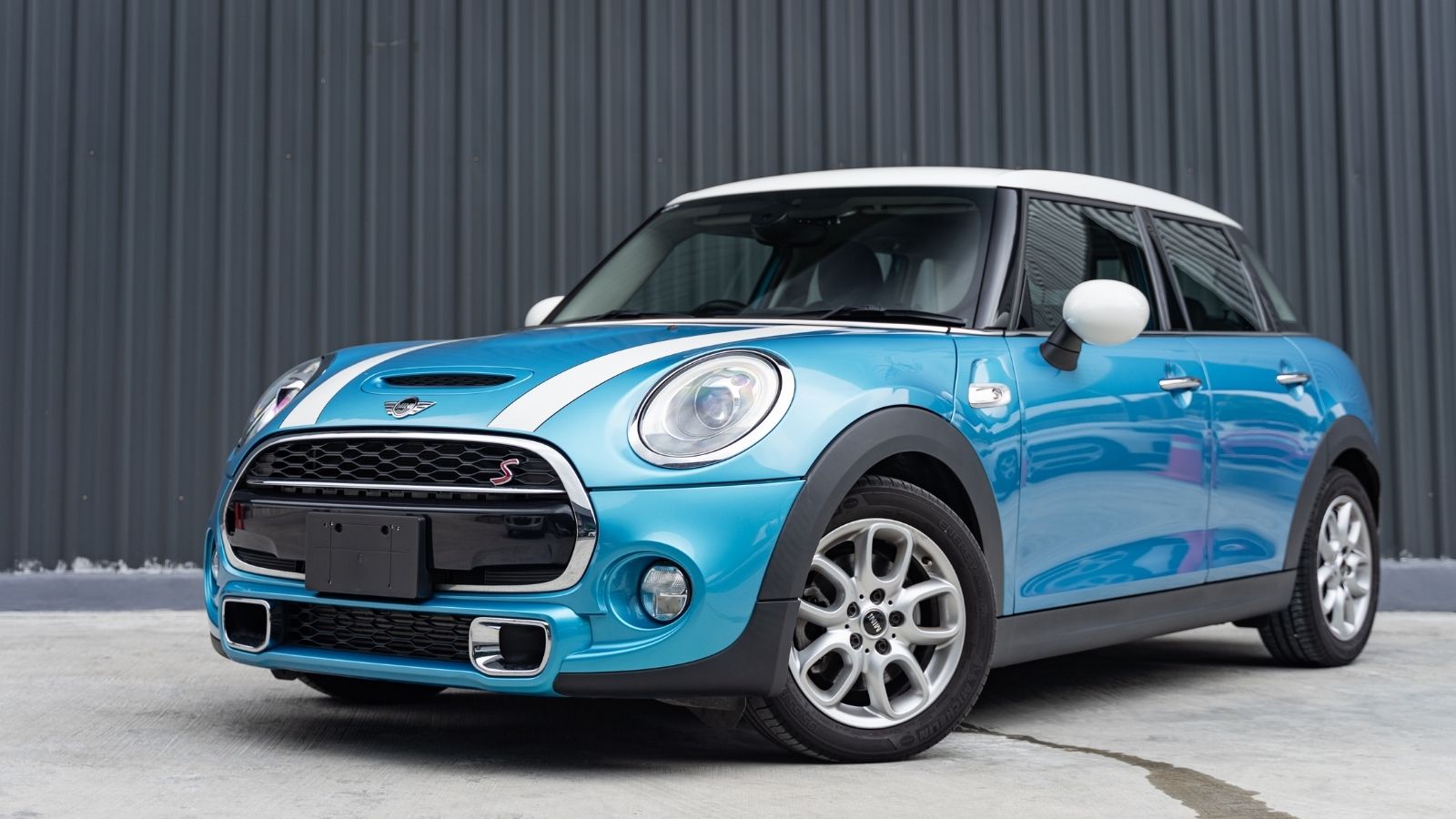
The first BMW-built Mini Cooper S with supercharging has become an icon among urban drivers. Today, clean examples are becoming increasingly rare, and values are quietly climbing, particularly for special editions like the John Cooper Works (JCW) models. What makes the R53 particularly alluring is its analog feel—a dying breed in the age of touchscreens and driver assists. In Canada, it straddles the line between accessible and aspirational, appealing to both budget-conscious gearheads and collectors who value personality over size.
Pontiac Vibe GT
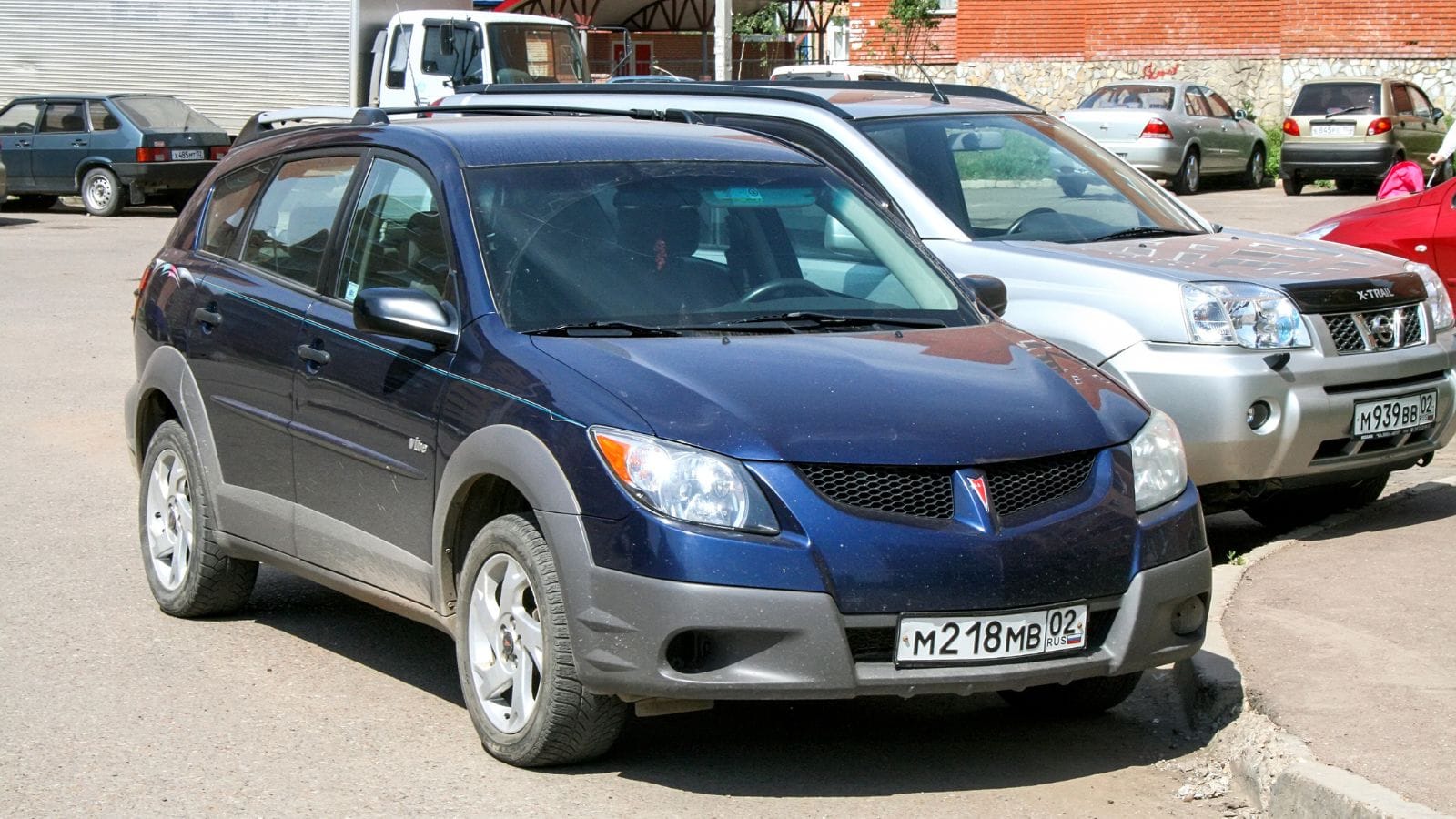
This Toyota Matrix twin, featuring a high-revving Yamaha-tuned engine and a manual gearbox, is beloved in sleeper car circles. Under the hood, the first-gen GT’s 1.8 L VVTL‑i engine delivered up to 180 hp and 6-speed manual fun, while the 2009 GT offered a 2.4 L engine with 158 hp, AWD availability, and refreshed styling. Reviews highlight its clever cargo versatility, fuel economy (up to ~33 mpg highway), and sharp handling, dubbing it a “practical, sporty‑looking small wagon.” Plus, with limited production—especially GT trims—values remain accessible (typically $5 k–7 k used) yet rising, making the Pontiac Vibe GT an under-the-radar candidate for future status‑symbol status.
Saturn Sky / Pontiac Solstice
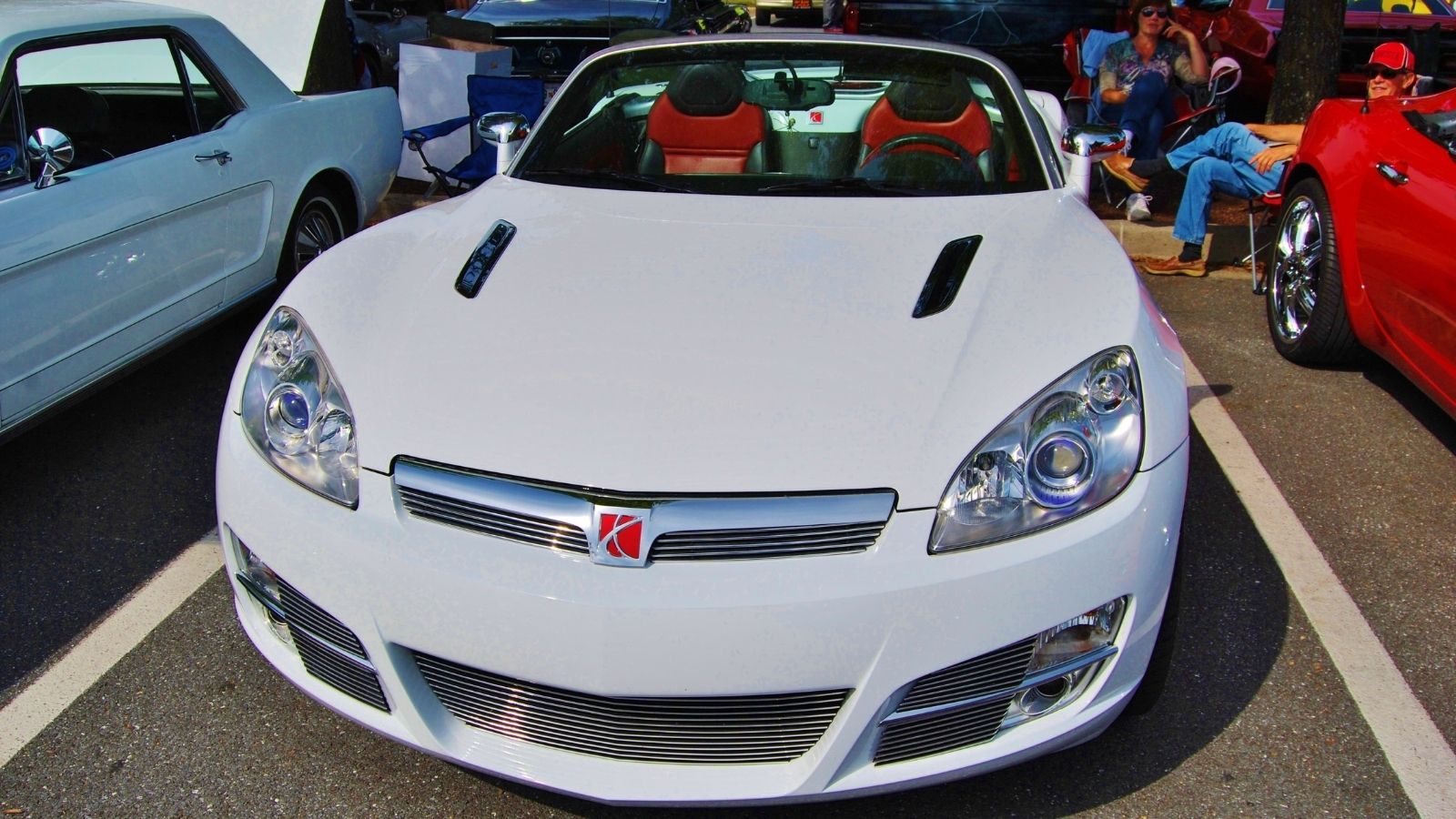
The Saturn Sky and Pontiac Solstice, GM’s fraternal roadster twins, might be Canada’s next cult-status cruisers. Built on GM’s short-lived Kappa platform from 2006 to 2010, these two-seat convertibles packed a rear-wheel-drive punch and seductive styling at prices far below luxury roadsters. The Sky boasted a sharper, European-inspired design, while the Solstice leaned more toward classic muscle roadster aesthetics. Both offered a 2.4L Ecotec engine (with an optional 2.0L turbocharged GXP/Red Line trim pushing out 260 hp), making them surprisingly quick for the price.
Acura RSX Type-S
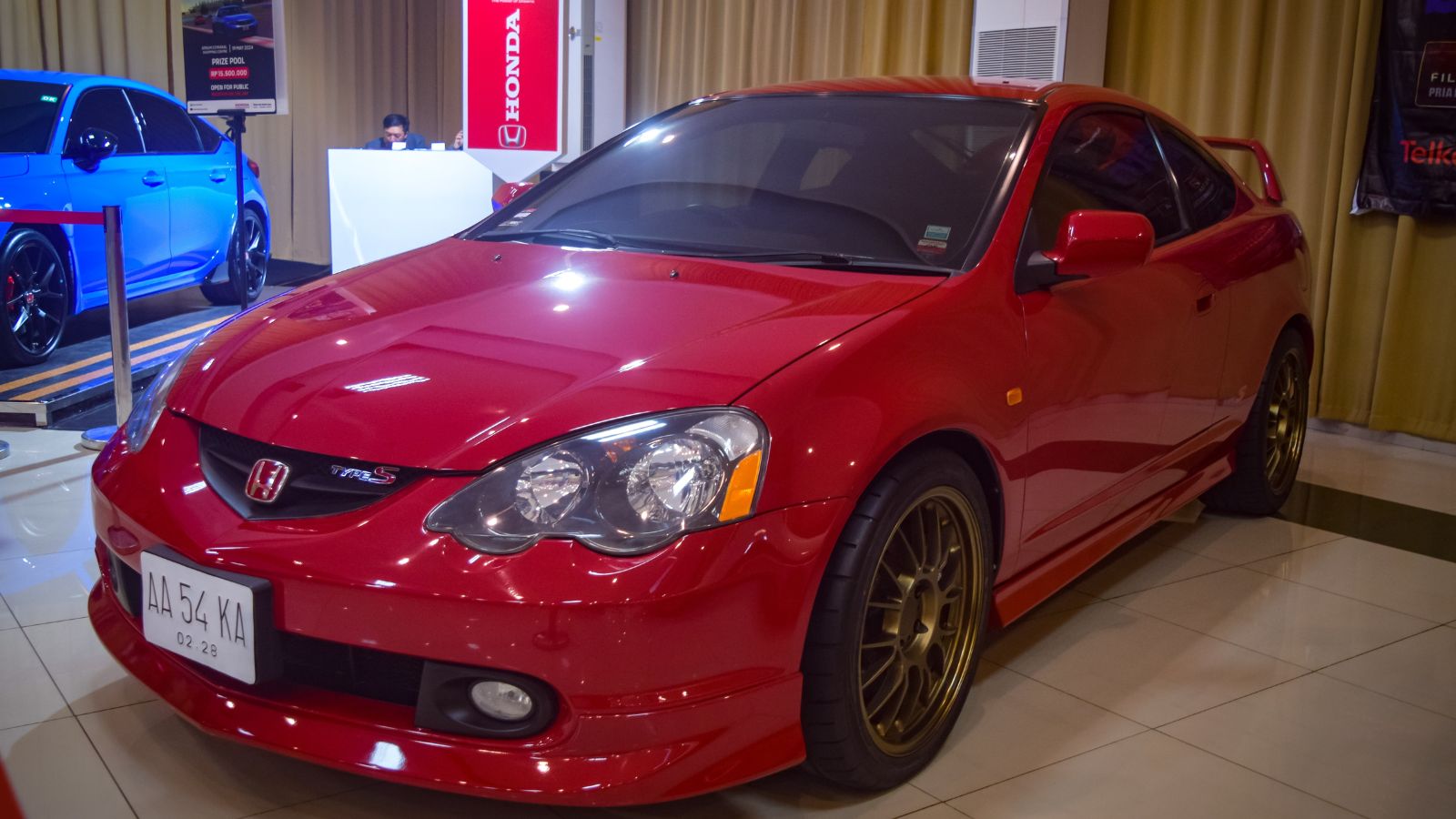
The Acura RSX Type-S (2002–2006) is quietly revving its way toward future status-symbol territory. Once a tuner favorite, this high-revving coupe packed a punch with its 2.0L i-VTEC engine churning out 200 hp (later 210 hp), mated to a slick 6-speed manual. It was Honda’s last Integra for North America, wrapped in Acura luxury-lite branding. Affordable when new and often overlooked in today’s performance car conversations, clean RSX Type-S models are now becoming collectibles, especially unmodified examples. And, thanks to its cult status among JDM fans, bulletproof K20 engine, sharp handling, and minimalist interior, enthusiasts are starting to see it as the spiritual successor to the DC2 Integra Type R.
Suzuki SX4 Hatchback (AWD)
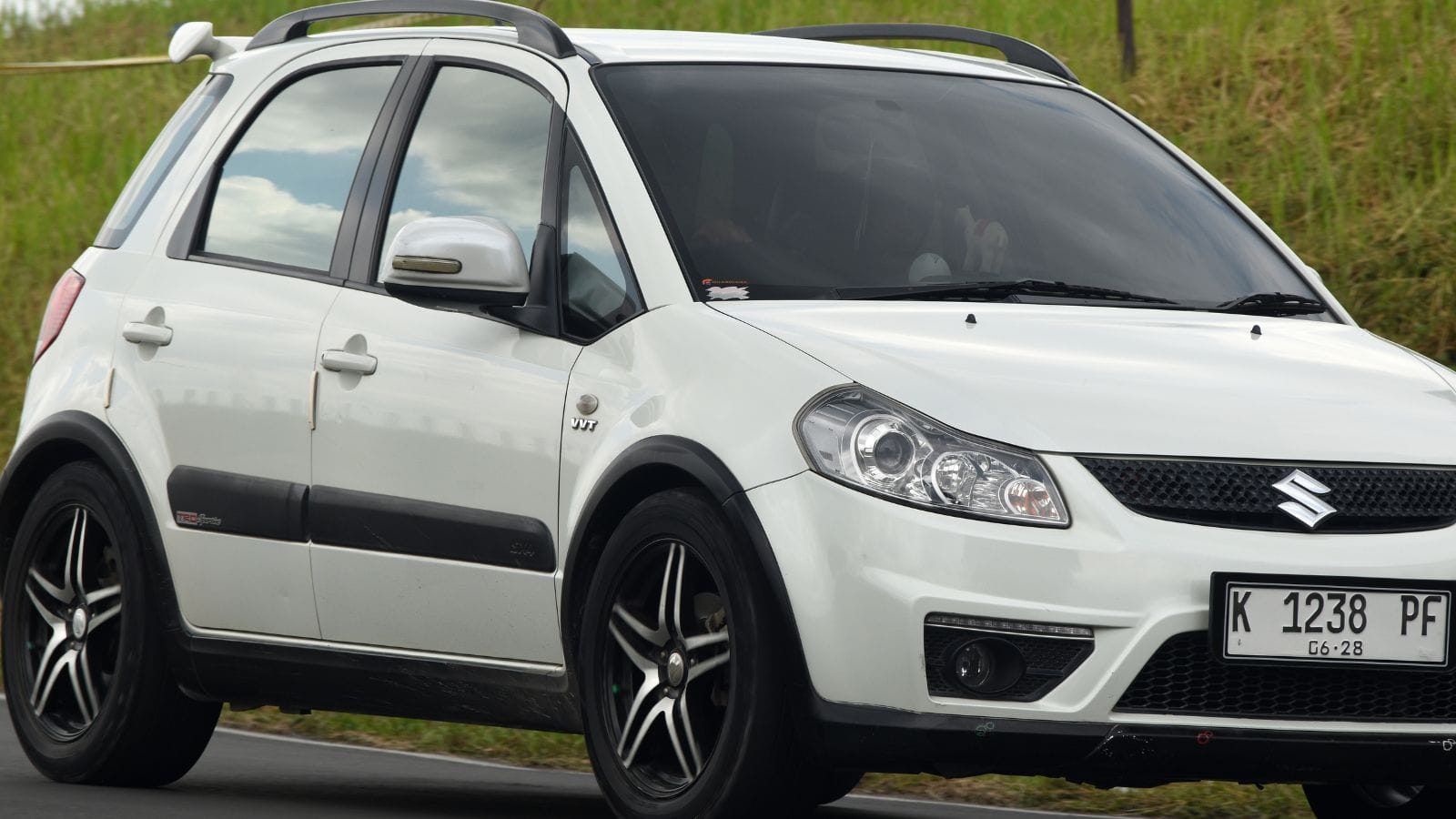
This quirky AWD compact hatch is being embraced for its rally-inspired roots and surprising utility. With EPA ratings of nearly 25 mpg combined, a spacious five-seat interior, and nearly 52 cubic feet of cargo space, it has long appealed to practical buyers. Its parts remain available despite Suzuki’s US exit, supporting reliability and resale value. Enthusiasts note a low-key “secret‑handshake” charm—modest yet cool—and ongoing approval from owners. As rising interest in affordable, niche vehicles grows, the AWD SX4’s combination of rugged capability, unpretentious style, and value positions it to become a quiet status symbol.
Toyota Celica GT-S (7th Gen)

The final generation of the Celica packed sharp looks and high-revving power in a lightweight frame. With its razor-sharp styling penned by Toyota’s California design studio and a Yamaha-tuned 1.8L 2ZZ-GE engine producing up to 180 horsepower, the GT-S was a featherweight fighter that punched well above its class. Weighing just under 2,500 pounds and featuring a 6-speed manual transmission, it offered a rev-happy, high-strung driving experience rarely seen in modern affordable cars.
Chrysler PT Cruiser GT
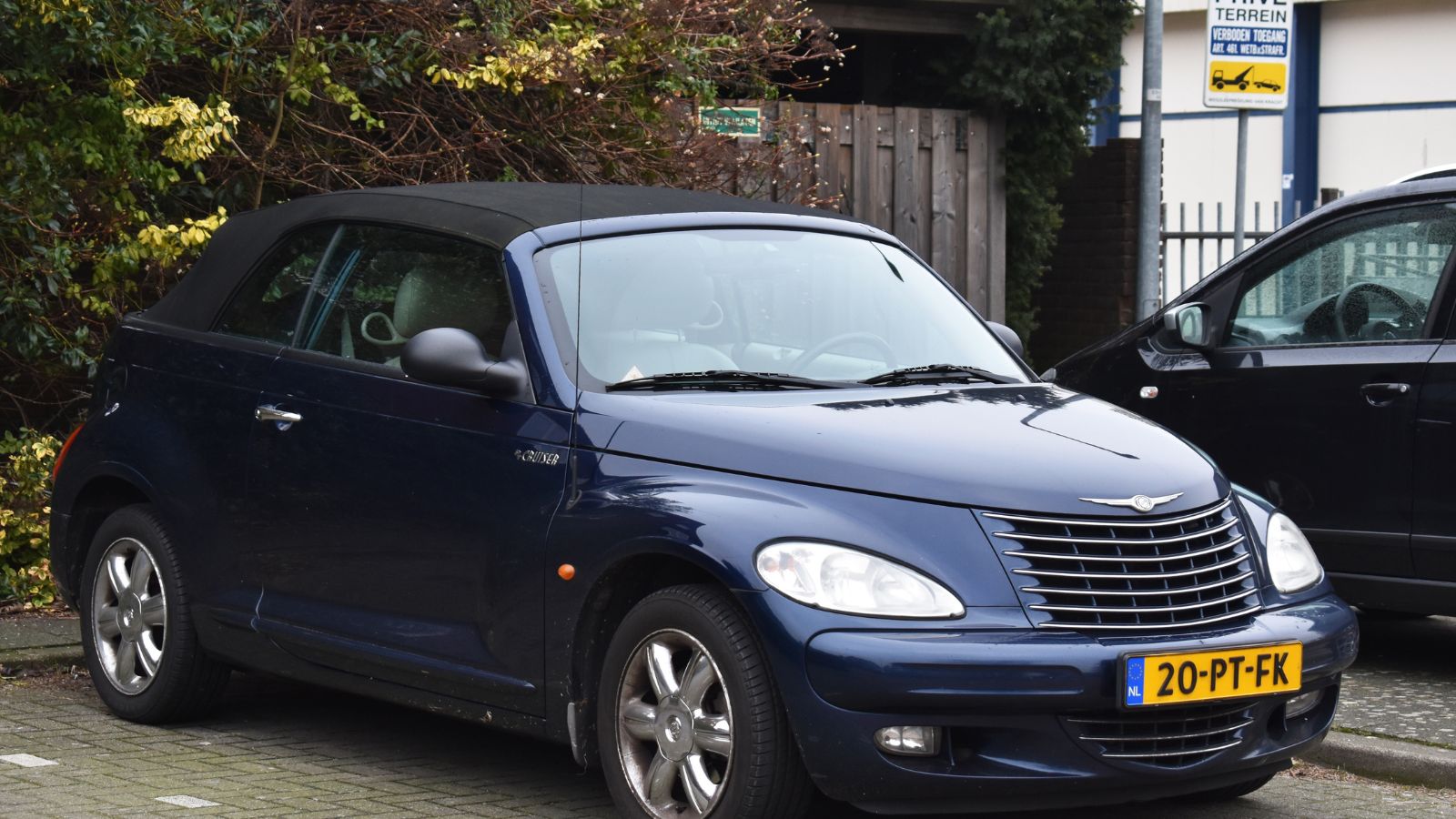
The Chrysler PT Cruiser GT emerged in 2003 as the high-performance halo of the quirky, retro-styled PT lineup. Equipped with a turbocharged 2.4-litre inline‑4—tuned to 215 hp (2003–2005) and later 230 hp from 2006—the GT delivered 245 lb‑ft of torque and blistering 0‑60 mph times around 6.8–7.0 seconds. Built on the roomy “tall Neon” platform, it featured a lowered, sport-tuned suspension, four-wheel discs with ABS, traction control, and distinctive 17″ chromed wheels and body kits. Initially priced from roughly US$22,800 in 2003, the GT remained affordable even as a used collector’s pick.
Kia Soul (1st Gen)
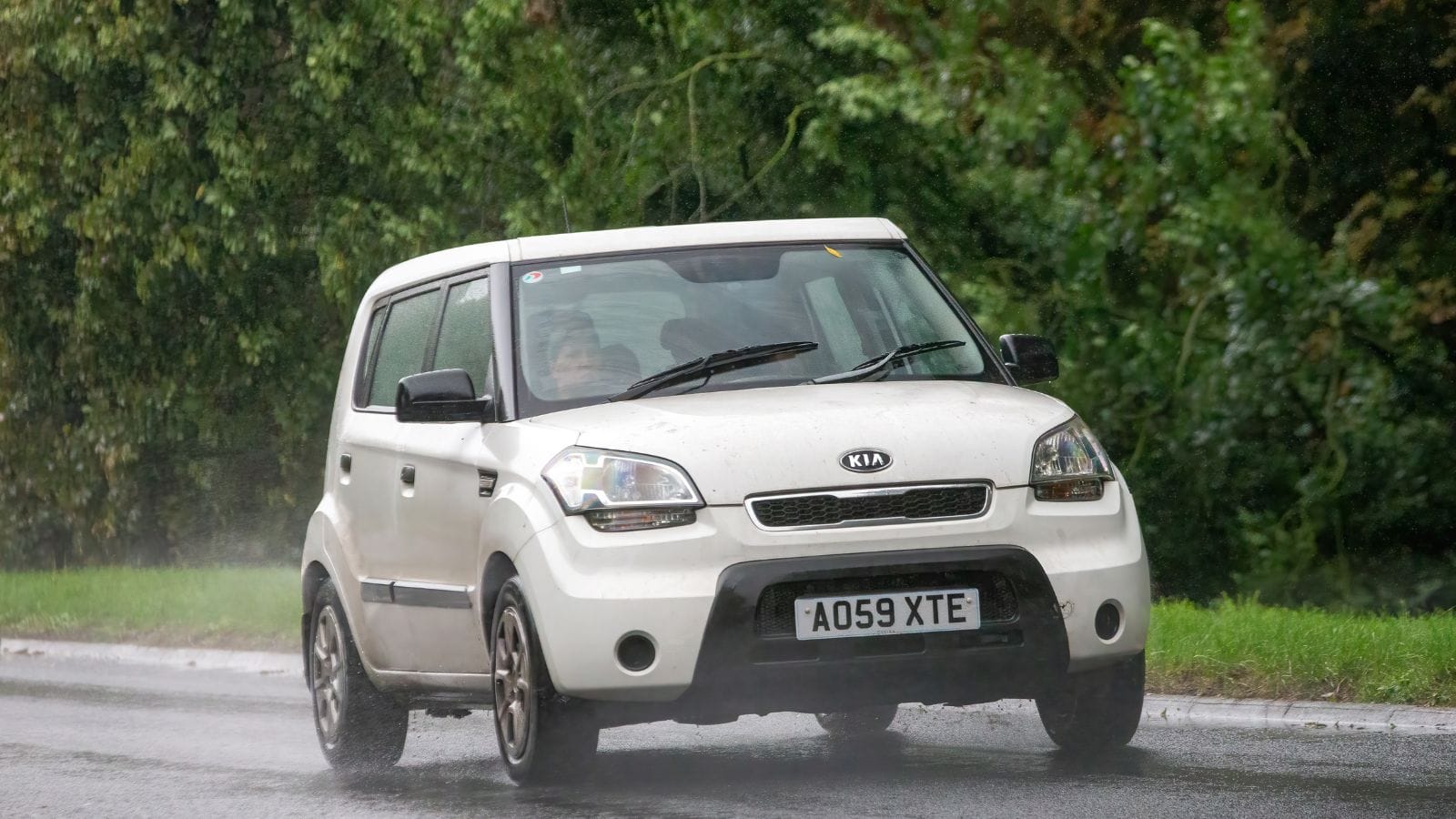
The first-generation Kia Soul (2009–2013) may have started life as a quirky box on wheels aimed at budget-conscious buyers, but it’s quietly building cult status. But what sets the Gen 1 Soul apart today is its growing retro charm and distinctiveness in a sea of lookalike crossovers. Designed by ex-Volkswagen designer Mike Torpey and inspired by a wild boar in a backpack (seriously), its offbeat design has aged better than expected. Canadian buyers appreciated its strong reliability ratings and standard features, including Bluetooth and USB connectivity, even in the base trim.
Dodge Caliber SRT4
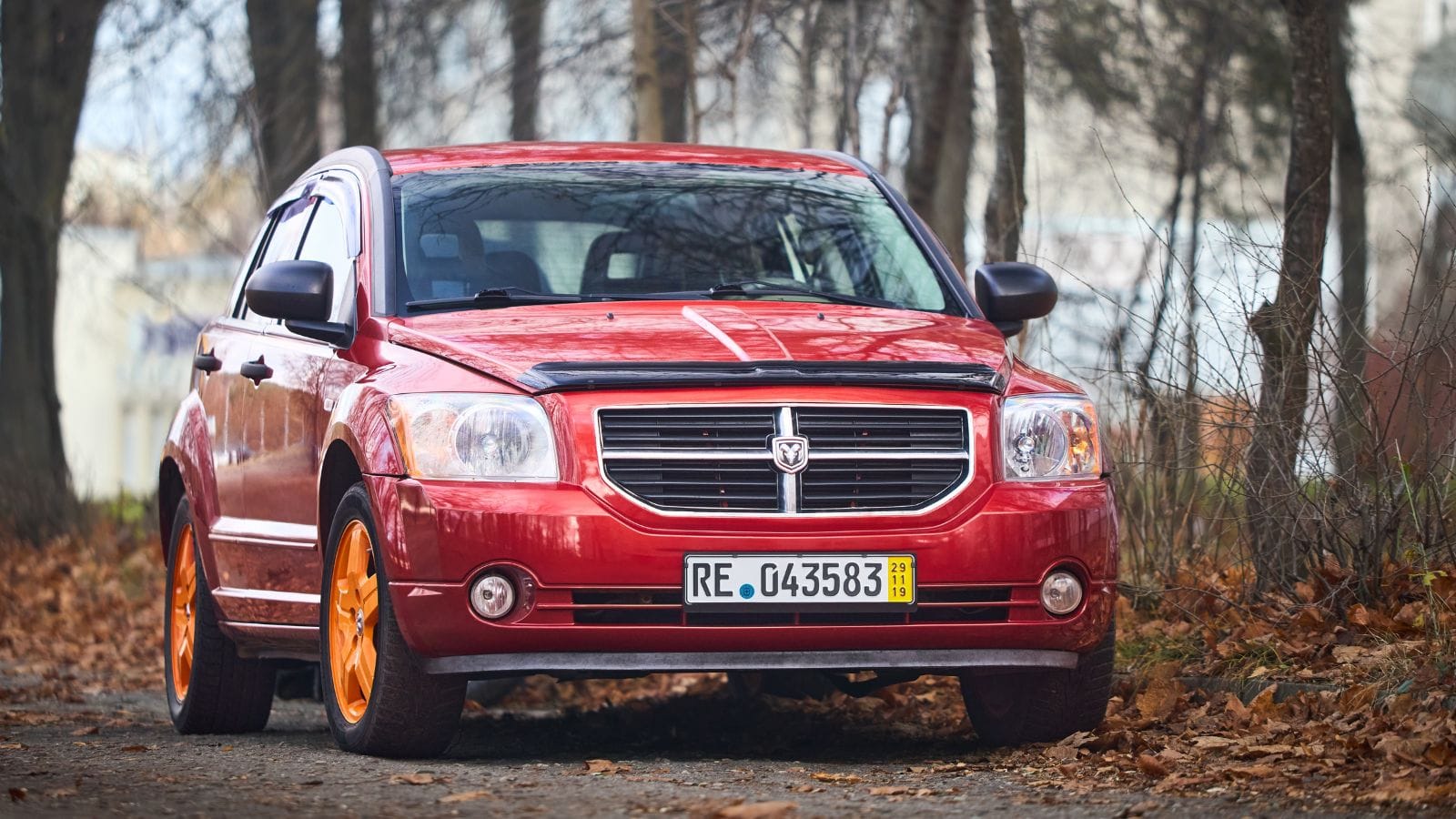
Often mocked in its day, the Caliber SRT4 is now enjoying a revisionist revival. A turbocharged 285-hp engine in a compact shell? It’s absurd in the best way—and enthusiasts are noticing. While it was panned for its interior quality and front-wheel-drive layout, today’s enthusiasts are revisiting the Caliber SRT4 for precisely what it is: raw, unfiltered performance at a budget price. With only about 5,000 units sold in North America, its rarity adds collector cachet.
Nissan Cube
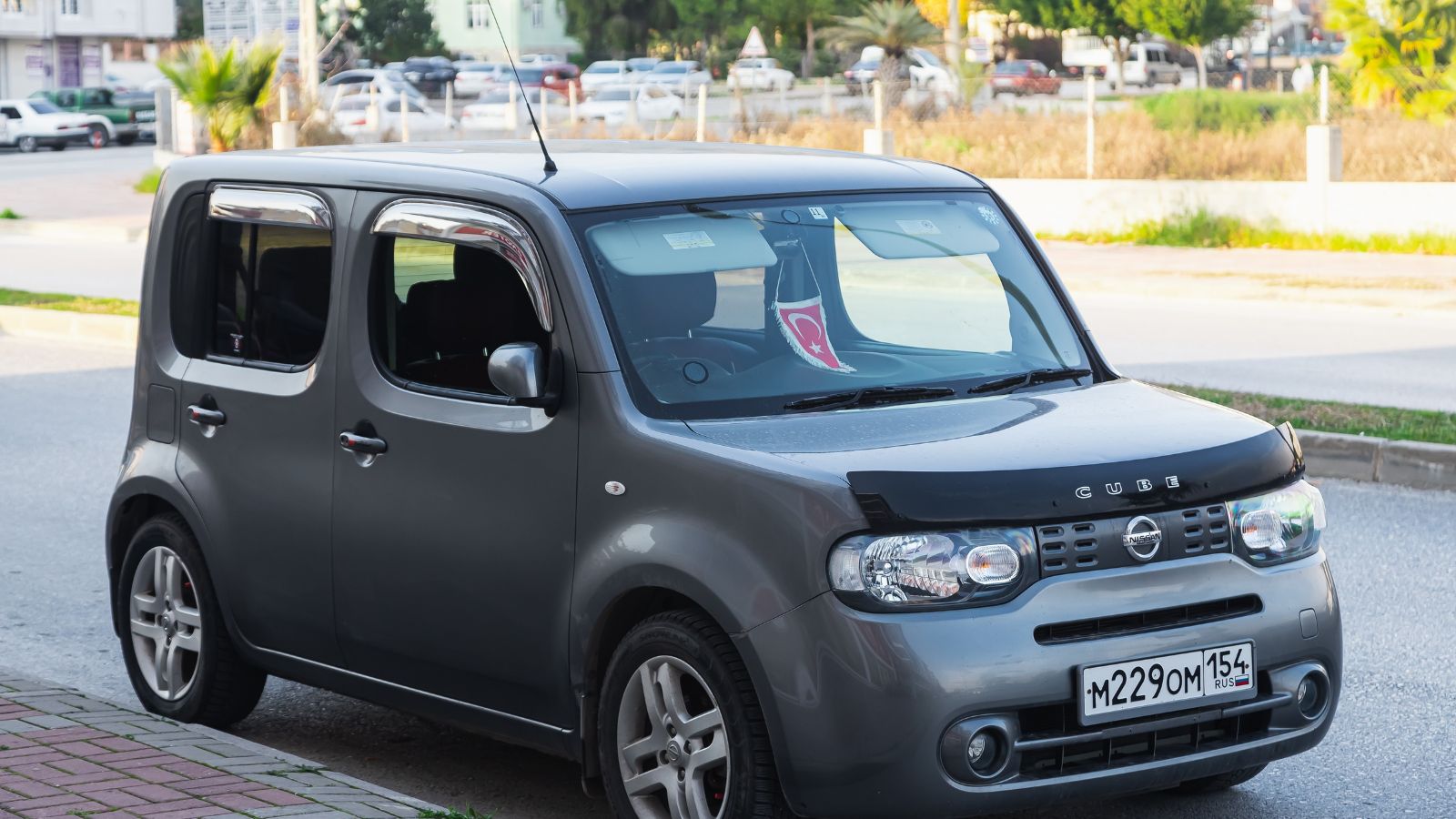
The Nissan Cube is a quirky and affordable mini‑MPV launched initially in Japan in 1998 and sold in North America from 2009 to 2014. It stands out with its boxy, asymmetrical design—especially the wraparound rear window and side-hinged tailgate—earning it “cultural icon” status in Japan. Under its hood lies an economical 1.8 L four‑cylinder (122 hp, 127 lb.-ft), delivering around 28 mpg city and 30 mpg highway thanks to an Xtronic CVT. The interior, inspired by the curves of a water-ripple Jacuzzi, offers surprising style and customization options, including LED lighting, shag dash mats, and mood-setting cabin accents.
Volvo C30
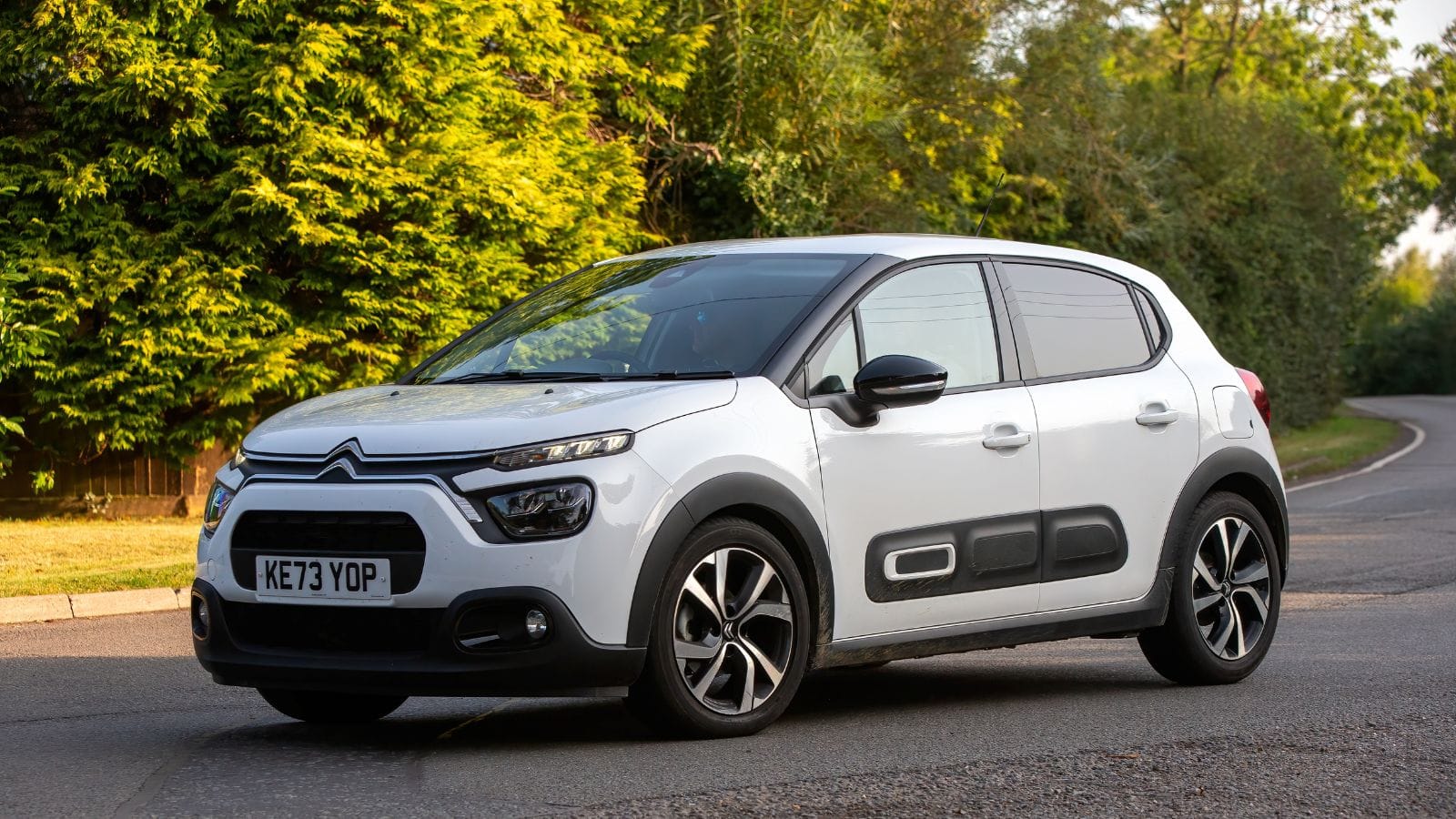
Volvo’s three-door hatch combined Euro-chic design with turbocharged performance and Swedish safety. Quirky and classy, the C30 is now an offbeat symbol of refined taste. Pop‑culture exposure—most notably Edward Cullen’s silver C30 in Twilight (2008)—boosted its image among younger buyers, shifting Volvo’s perception toward “cool” and aspirational. With its stylish aesthetics reminiscent of the P1800 ES, strong build quality, and a price point lower than many luxury hatchbacks, the C30 serves as an affordable gateway to status-symbol ownership.
Honda Element
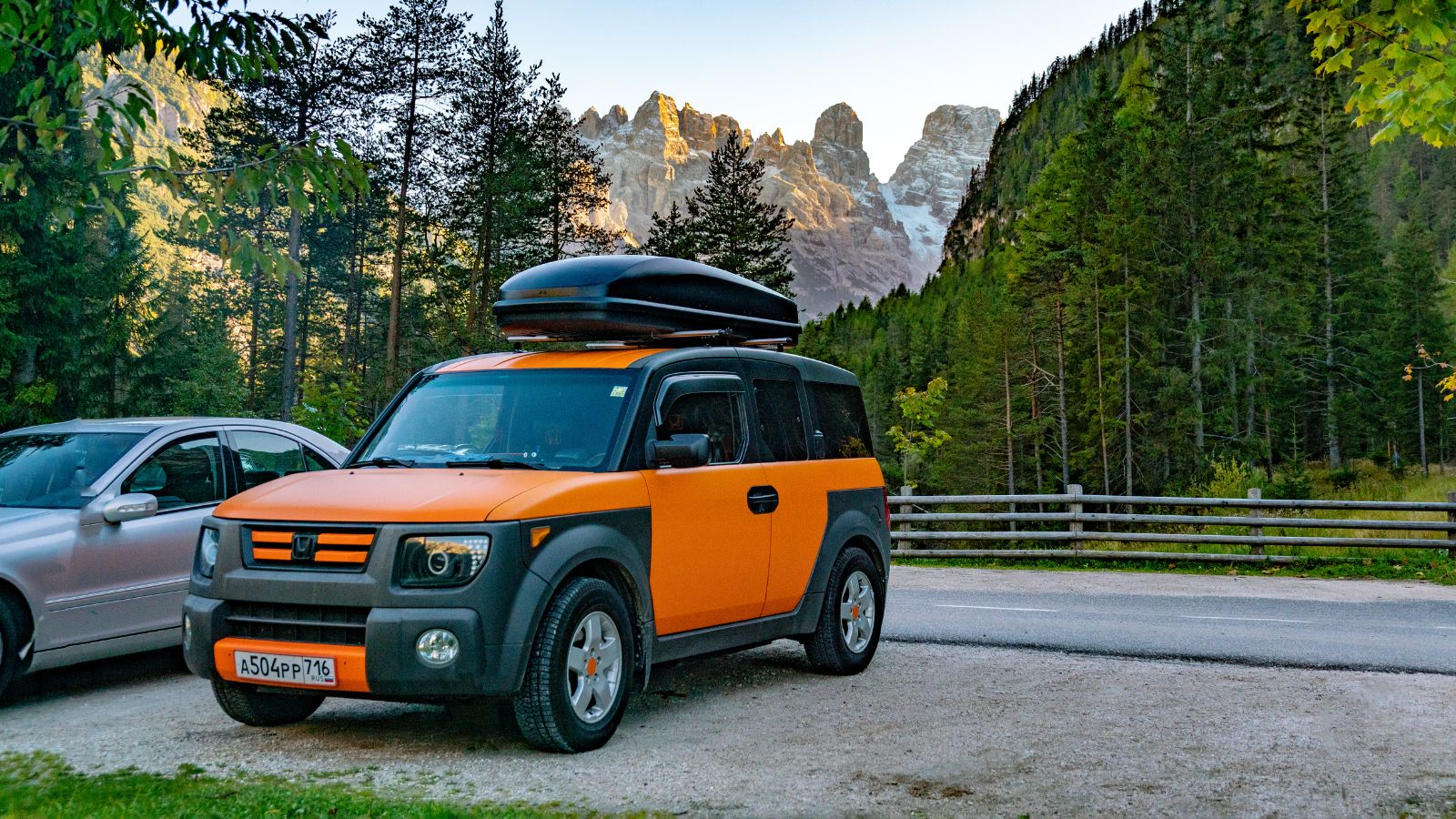
Rugged, practical, and built to be hosed down, the Element’s unique design is finally being celebrated. Dog lovers, outdoorsy types, and van-life aspirants have helped rebrand it as an aspirational urban adventure vehicle. Clean, low-mileage Elements are skyrocketing in value, often fetching over $15,000 on resale sites despite being over a decade old. Even Jalopnik and MotorTrend have recognized its slow burn into coolness, calling it “the right kind of weird.”
Fiat 500 Abarth
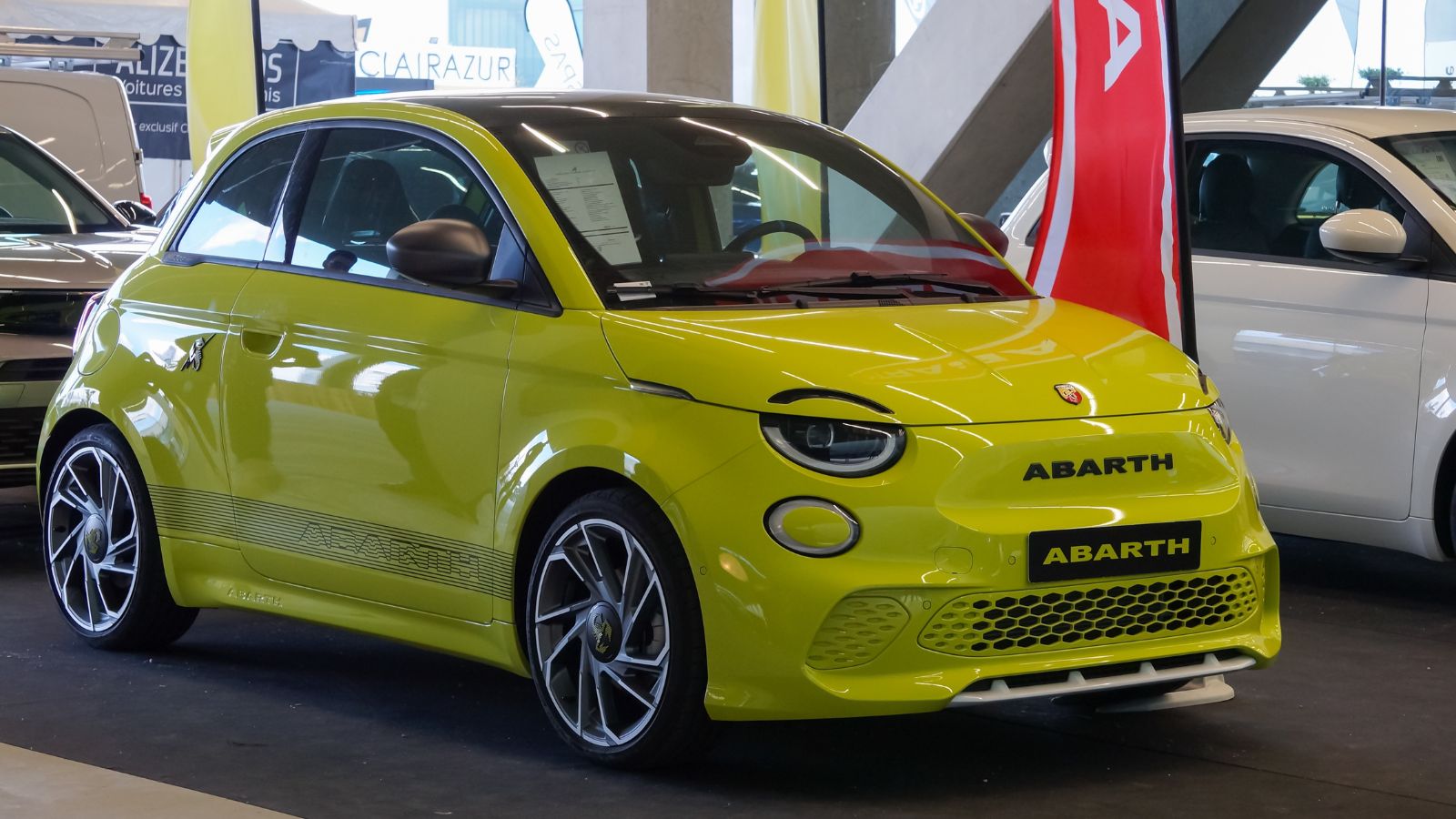
The Fiat 500 Abarth, a turbocharged, pocket-rocket version of the retro-styled Fiat 500, offers surprising performance for its subcompact price, typically under US$12,000 for models from around 2013. With a 1.4-liter turbo engine delivering roughly 160 hp, it sprints from 0–60 mph in about 7 seconds—faster than the base Mini Cooper and earning admiration from Top Gear’s Jeremy Clarkson, who called it a “mini Lamborghini”. It’s a fun-loving, character-rich city car, praised for its exhaust note and sporty handling, though its compact cabin and firm ride remind buyers it’s built for thrills as much as practicality.
Subaru Outback XT (Early 2000s)
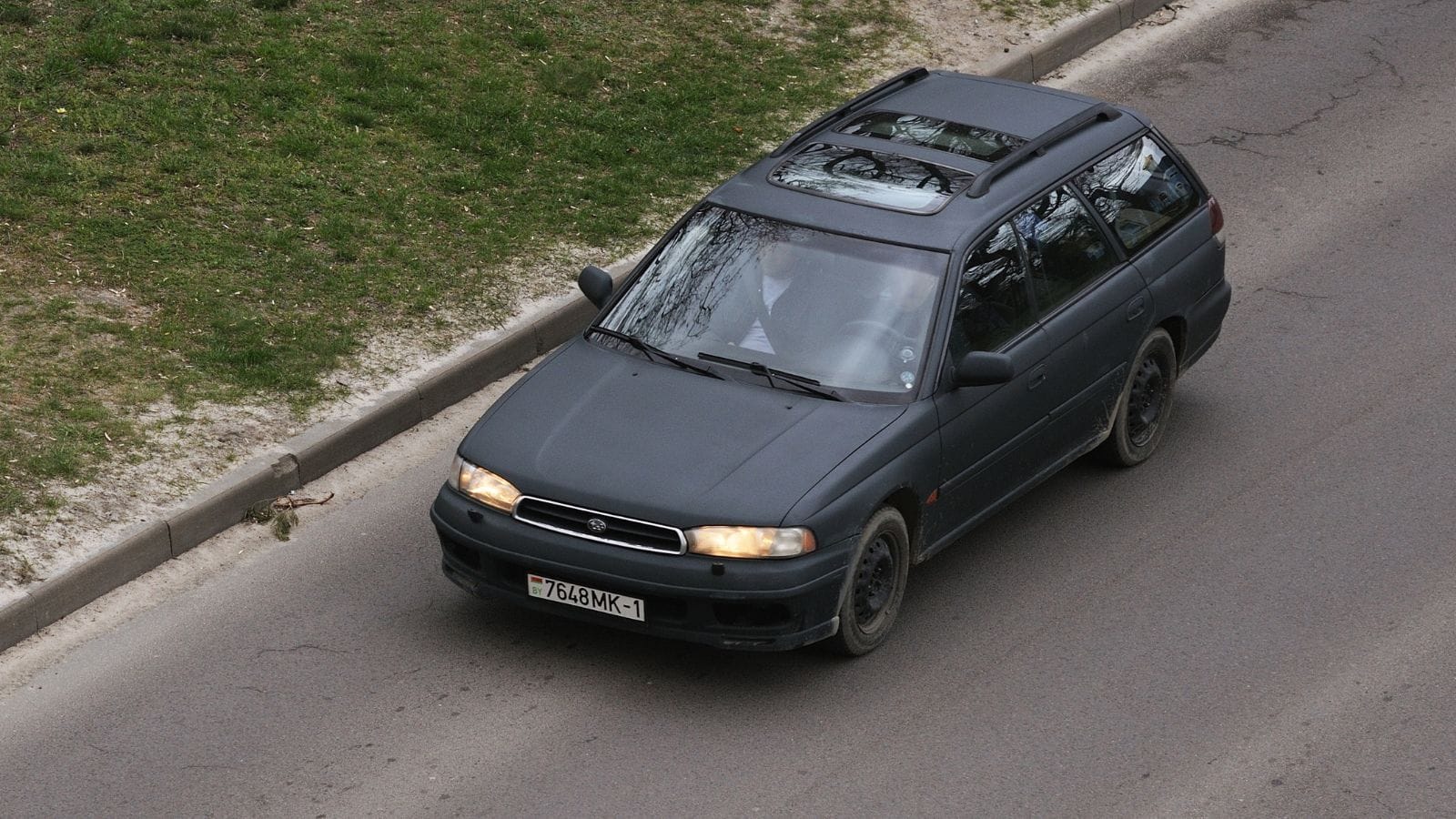
Turbocharged wagons are a dying breed, and the Outback XT represents a golden age of performance utility. It combined rally-bred performance with Subaru’s signature symmetrical all-wheel drive, making it both a mountain goat in the snow and a sleeper on the highway. These models also featured rugged design cues, including raised suspension, body cladding, and roof rails, making them a favorite among weekend adventurers. Their rarity, particularly in manual transmission form, is pushing up values. Think of it as the Patagonia jacket of cars—practical, low-key, and increasingly iconic.
25 Facts About Car Loans That Most Drivers Don’t Realize

Car loans are one of the most common ways people fund car purchases. Like any other kind of loan, car loans can have certain features that can be regarded as an advantage or a disadvantage to the borrower. Understanding all essential facts about car loans and how they work to ensure that you get the best deal for your financial situation is essential. Here are 25 shocking facts about car loans that most drivers don’t realize:
25 Facts About Car Loans That Most Drivers Don’t Realize
